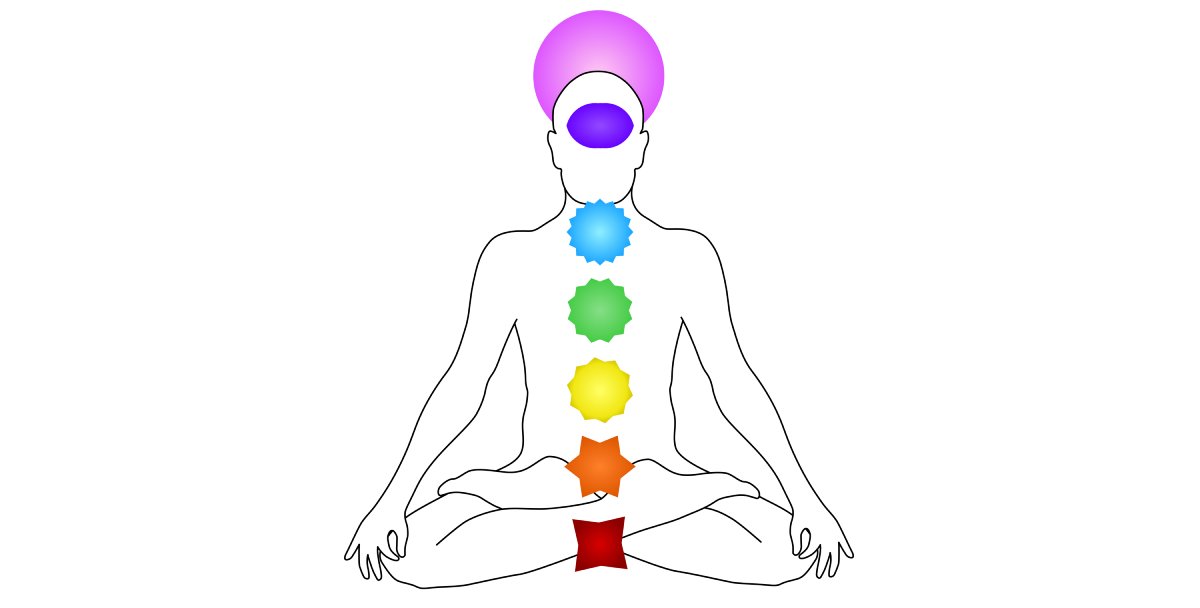Vairagya—Four Steps to Attain Freedom in Yoga
Yoga philosophy states that much of our suffering and sadness is created by our attachment to material things, the people around us, and even our internal thoughts and feelings. We suffer when the things we are attached to invariably...

Yoga philosophy states that much of our suffering and sadness is created by our attachment to material things, the people around us, and even our internal thoughts and feelings. We suffer when the things we are attached to invariably change or leave us. The stronger and more intense our attachments are, the greater the pain and suffering we experience. If we can soften, dissipate, or remove our attachments, we can free ourselves from much of our suffering and discontent. The practice of detachment in yoga is called vairagya. We can incorporate detachment in our asana practice, as well as when we are off our yoga mats and out in the world.
Kama (desire) is a natural expression of being human and an essential ingredient for starting a yoga practice. Kama motivates us to get on our yoga mats and to do the work to advance in our practice. But our desires also create disharmony in the mind, which in turn, produces unnecessary psychological suffering. To reduce (and eventually eliminate) kama, the ancient yogis created the practice of vairagya.
“There is verily no sword more powerful than vairagya to cut off all sorts of attachment to this world. Hold this sword in your hand and march along in the spiritual path. You will safely reach the goal.” — Sri Swami Sivananda
What is Vairagya?
Vairagya is a Sanskrit word that translates as “detachment” or “dispassion.” In Patanjali’s Yoga Sutras (1:15), the essence of vairagya is described as: “Dispassion is the conscious mastery of the control of desire for objects seen, perceived or heard.” True vairagya means detachment or letting go of everything that belongs to the materialistic world, including attachment to material things, emotions, thoughts, ideas, beliefs, etc. Essentially, vairagya is a deeper, conscious and more subtle practice of “not giving a damn.”
While often associated with cave-dwelling renunciates, this conscious removal of emotional and mental reactions is beneficial and important for all levels of yogis to practice. Detachment from desire clears out clutter from our consciousness and thus allows us to experience greater levels of peace and tranquility.
The Benefits of Vairagya
While conceived as a tool for enlightenment, there are many practical benefits of practicing vairagya in daily life. When we’re able to let go of our worldly attachments, we find peace. Our minds aren’t cluttered with unnecessary thoughts and feelings. We don’t worry so much about what happens next. We’re less stressed out.
When we’re able to detach, we’re also able to focus better. We’re able to concentrate on one task at a time. We’re able to pay attention to what’s happening around us. We’re able to think clearly and logically. We’re able to see things as they really are without getting distracted by emotions. We gain better control over the mind to become calmer and happier.
Besides being a great way to cultivate equanimity, vairagya helps us to see our lives from a different perspective. It allows us to step back and observe ourselves without judgment, which makes it easier to notice patterns and habits that we may want to change. This detachment gives us the ability to look at our actions objectively, which can lead to greater self-awareness and insight into what really matters in life.
A consistent practice of vairagya reduces emotional reactivity and increases patience. It increases acceptance, forgiveness, non-judgement, contentment and self-worth. This, in turn, improves your relationships with others. You may also find that with less attachment you will see an improvement in your overall energy, vitality and health.
Awareness and Acceptance
A key step towards attaining freedom in yoga is to become aware of your attachments. It’s not easy to do, but you must learn to see them clearly so that you can let go of them. Once you’ve identified it, then notice how it makes you feel, whether it brings up positive or negative emotions or thoughts.
Once you have cultivated awareness of an attachment, you will need to accept it as it is. Seeing and accepting our attachments gives us great power to move beyond them. Once we’re able to accept them, they lose their hold over us and we gain freedom and the strength to let them go.
Fears and Expectations
Another approach to weaken your attachments involves releasing unnecessary fears and unrealistic expectations from life. Fear keeps us stuck in the same place and it prevents us from growing. It causes us to worry about the future instead of enjoying the present moment. False expectations set us up for disappointment when reality doesn’t live up to our expectations. When we release our fear and false expectations, we open ourselves up to new possibilities and lessen our suffering. Vairagya is rooted in seeing and accepting reality as it is.
The Four Stages of Vairagya
Vairagya is essential for cultivating equanimity, progressing in meditation, mastering the mind, and moving forward along the path of yoga. The practice of vairagya takes enormous patience, inner strength and effort–so be prepared for this skill to develop slowly and gradually. Fortunately for us, vairagya has four stages that allow us to practice at the level best suited to our abilities, skills or goals.
YatamanaIn yatamana (endeavoring), the first stage of vairagya, we see how unnecessary suffering is created by the quality and content of our thoughts, and we learn how to let go or transform these harmful thoughts. Negative thinking and critical self-talk are common sources of mental suffering. These thoughts can easily be transformed through practicing acceptance, forgiveness, gratitude, kindness and friendliness. Another common cause of suffering is having our thoughts stuck in a repetitive pattern due to an emotional trigger or event. Repetitive yoga practices, like mantra meditation, pranayama and sun salutations, can be the best remedy for getting your mind out of a rut. Vyatireka
In vyatireka (separation) we understand that our likes and dislikes are the root cause of unhealthy mental patterns and thoughts. The goal of this stage is to move towards a state of mental and emotional neutrality. Start practicing vyatireka by discerning between what thoughts and feelings are helpful or unhelpful, true or untrue. Then cultivate the awareness of how you are habitually attracted or repulsed by external objects (people, food, smells, etc.) and how the labels you attach to these objects (good, bad, pleasant, unpleasant) determines how you react to them. Lastly, work on moving past deciding if something is good or bad, and see if you can simply be present with the sensations and energy that are conveying the information of the outside world to you. Ekendriya
Ekendriya (one organ of sense) is when the indriyas, the ten senses, are under the complete control of manas (the mental function aspect of the mind). This third stage of vairagya is significantly more challenging than the two previous stages and will require much more discipline and practice to achieve. Pratyahara, withdrawing our attention from our sense organs like a turtle pulling its limbs into its shell, is the primary technique to achieve this level of vairagya. Start by minimizing external distractions in your environment, and practice keeping your focus and attention inward. When you notice any thoughts or strong stimulations from your sense organs, take a few deep breaths and consciously bring your focus back to the core of your being. Vasikara
In vasikara (subjection) the ten senses and the mind are restrained and the attachments of the mind are under complete control. This requires a deep awareness of how the mind becomes attracted to the process of attachment. In this last stage of vairagya, the mind will no longer be attracted or repulsed by thoughts and mental images. You feel no attraction to the senses or objects, and you perceive both the sweet and bitter fruits of life as exactly the same. To attain this level of mental mastery, a deep meditation practice and a strong yoga practice will be necessary.
How to Develop Vairagya
Vairagya is one of the most difficult skills to master in yoga. It requires us to let go of our attachments to things we want and don’t want, and it’s not easy to give up what we want so easily. But if we can cultivate a little bit of detachment every day, then we will see progress in our ability to detach from our desires and habits.
Vairagya is a skill that develops over time. Even though it may seem difficult at times, keep reminding yourself of the great benefits of doing this practice. It can be hard to maintain motivation sometimes, so make sure you set aside regular time each day to practice.
When we practice yoga and meditate, we’re developing a deep understanding of the interconnectedness of all beings. We continue to realize that everyone is struggling with different challenges and has their own unique set of circumstances. Remember that everyone has different strengths and weaknesses. There is no one right way to do anything. Just because someone else seems to have achieved something great, don’t assume that you won’t ever be able to reach the same heights.
Conclusion
One does not need to become a vairagya master to reap the benefits of this practice and experience an improvement in their mental well-being and overall happiness. Every time you loosen or break apart the chains of attraction and repulsion, you create more freedom, less suffering, and you move one step closer towards enlightenment.

 AbJimroe
AbJimroe 






























